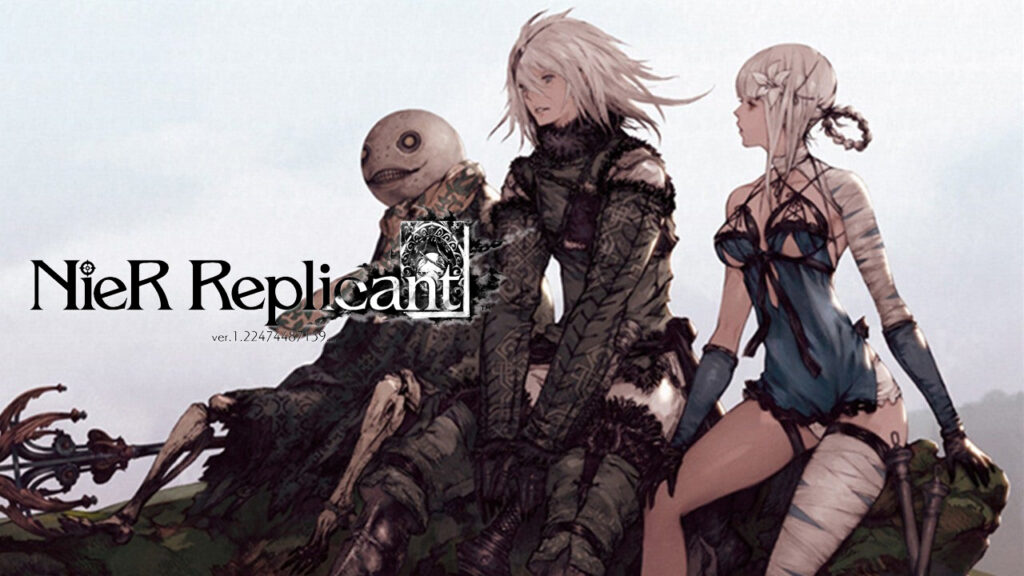
When Nier was released in 2010, it defied traditional RPG conventions in a big way. It deconstructed the idea of a typical JRPG protagonist, who believed he was doing the right thing and had a noble goal. Most heroes have their own set of just principles, and they are usually morally black/white. Nier‘s themes challenges the player on what justice is, and wraps it in a bleak and cold existential blanket.
Imaginative, though it may be, Nier was a bit on the unpolished and rough side for a 2010 Square Enix production. The incongruity of the quality was made more apparent when PlatinumGames’ NieR: Automata showed everyone how great the Nier franchise could be. Automata was such a hit, that the boys at Square Enix green lit a remake of the first game, immediately.
NieR Replicant ver.1.22474487139… wouldn’t just be a remake, but would also be like a director’s cut. Content that got cut would be restored, and the protagonist would be redesigned to match Yoko Taro’s original intent. “Father” Nier would be reverted back to “Brother,” and fans of Automata can experience where it all began.
NieR Replicant ver.1.22474487139…
Developer: Toylogic Inc.
Publisher: Square Enix
Platforms: Windows PC, PlayStation 4, Xbox One (reviewed)
Release Date: April 23, 2021
Players: 1
Price: $59.99 USD
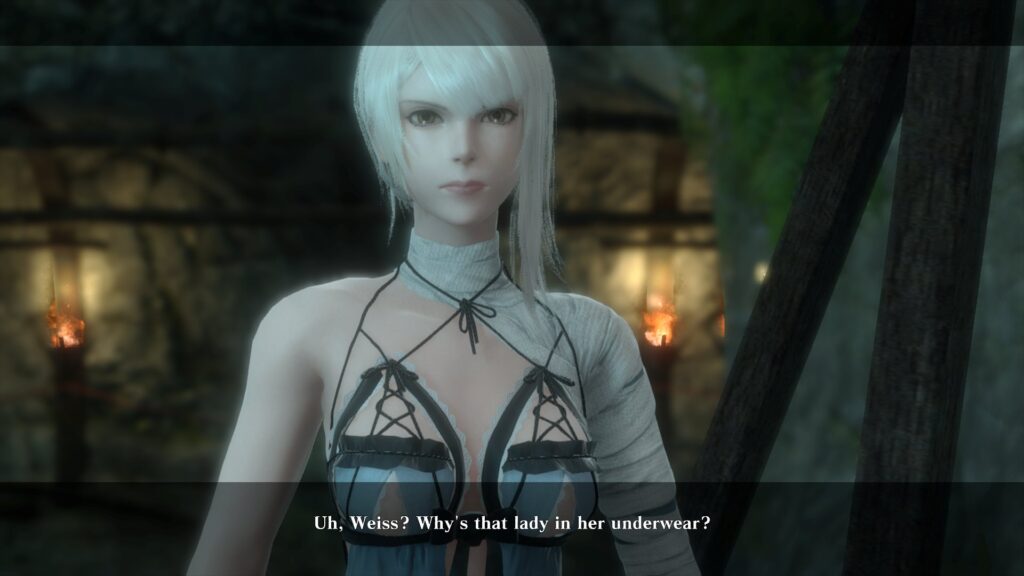
Calling the original Nier “unbalanced” would be generous. The gameplay was heavily flawed, and with the right weapon the papa Nier could easily stun-lock most enemies till they died. The overall combat was ungracefully clunky, and was just passable. Far from unplayable, but the experience of slaying shades in the 2010 game was mind-numbing.
When PlatinumGames did their thing with Automata, it was a revelation for action RPGs. 2B had an incredible range of actions, and her flexibility made combo potential nigh endless. Naturally, when it came time to remake 2010 Nier, it was easy to assume there would be a lot of overlap between both games’ combat systems.
There was no way to improve the story since it was effectively perfect as is. Nobody would complain about Square Enix getting some of the ex-Cavia crew together to revise one of their most beloved, rough around the edges, cult games. Unfortunately, NieR Replicant was never really intended to be like Automata.
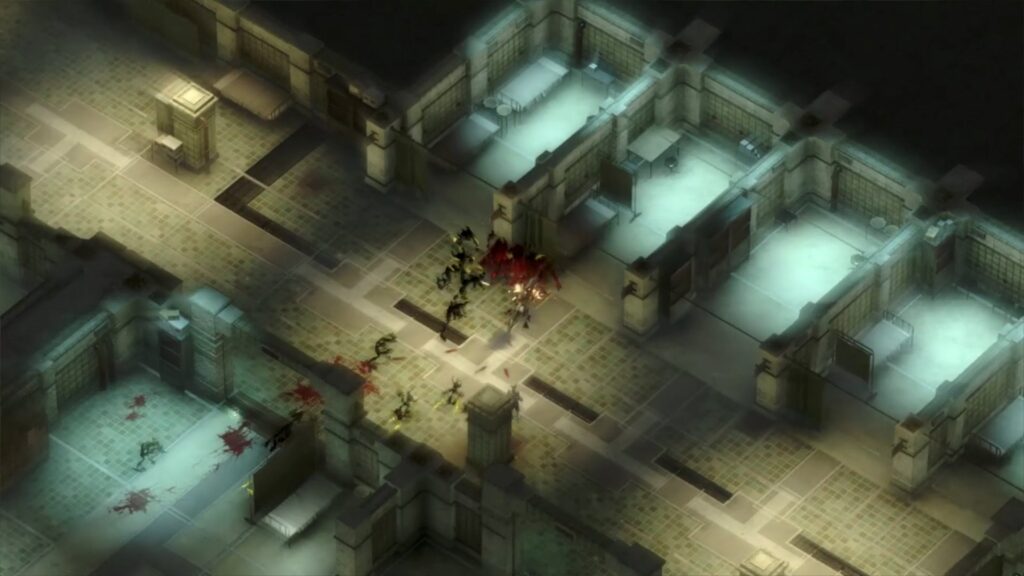
A lot of the low-budget qualities of the 2010 game have carried over into Replicant. The original game employed many cost-cutting design choices to stretch the value out of what the team had available, and to make the experience as satisfying as possible. This meant that a lot of the time, the combat was more of a means to an end, and environments were often recycled.
Engaging with shades in NieR: Replicant is very different than it was in 2010. The feel of how the protagonist swings his swords or spears feels similar to how 2B would smash robots. The overlap with the combat mechanics lie mostly in the ranged bullet shot, the rising attack that is pulled off exactly like in Automata and the moves that are done while holding down the attack button.
Regretfully, Toylogic is no PlatinumGames by a mile. So much of the nuances and range of expression that was in Automata did not carry over. The directional parry is replaced by a regular guard that has a timing flourish to it, but it is almost irrelevant due to the dodge move being more useful for its invincibility frames.
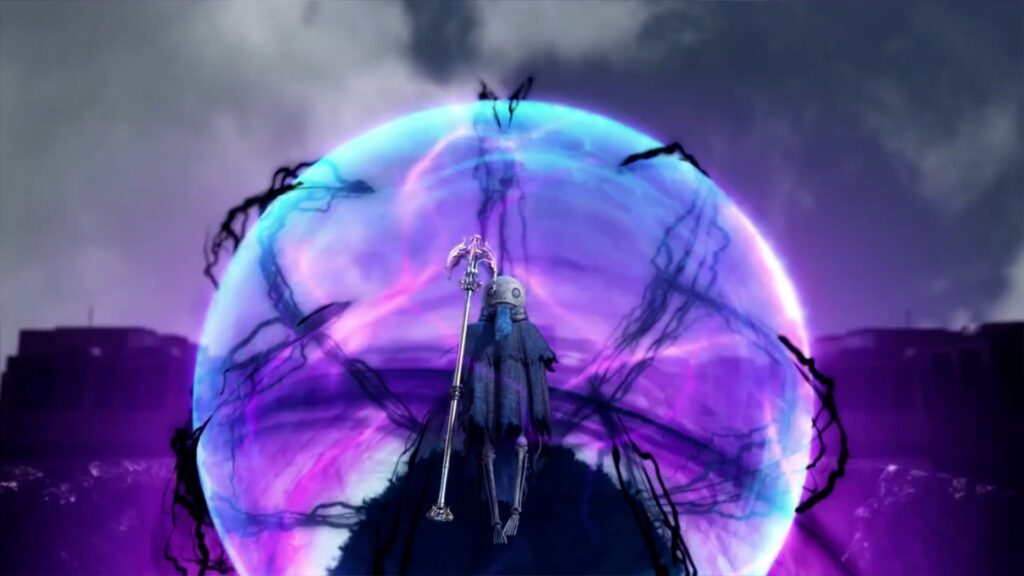
The scenario of NieR Replicant ver.1.22474487139… is very much the same as it was in the 2010 version. Major story events involve going through dungeon-style levels, and each one has some kind of gimmicky twist. Each of these sequences does not rely on the standard gameplay set-up of being a hack and slash action-RPG.
The original game’s combat was designed to facilitate these kinds of gimmicks. Now that it is trying to be like Automata, a lot of the flashier moves and mechanics are wasted. The defensive moves are not as satisfying due to the protagonist being unable to cancel out of animations, and there being much fewer options than before. The combat mechanics are just not as polished as Automata‘s.
Many of the dungeons mean messing around with slow paced block puzzles, reading through and solving visual novel style dungeons or having some other quirky limitation. It won’t be until achieving ending A, where the 15 Nightmares scenario is unlocked, and Replicant can have more elaborate battles that seem more like what gamers would expect from a stylish action game.
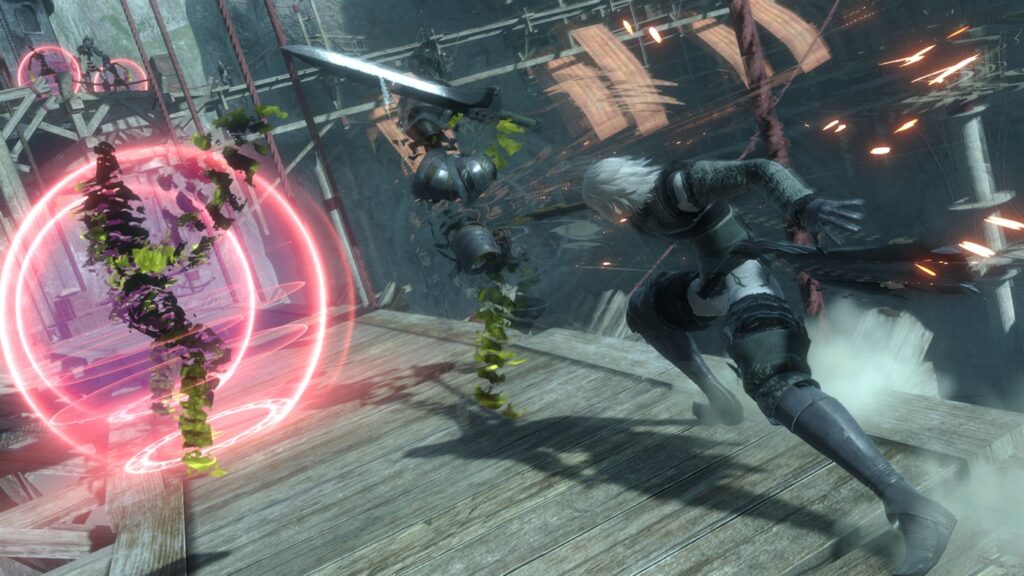
2010 Nier‘s combat was not exactly well thought out, and that is still consistent in NieR: Replicant despite the fact it has been improved. The problem is that the gameplay is not really designed around the kind of action Automata was known for. Replicant is in a weird place where the combat fails to be as good as Automata, but also misses the point of the original.
There is not enough enemy variety in Replicant, and all the extra combat capabilities feel wasted. Most of the time, the shades are hard to read due to their chaotic and busy designs, which makes parrying or dodging far more difficult than it should. This is exacerbated by the lack of a defined audible cue that makes it easier react, and time any kind of dodge or perfect guard.
What made the utterly barebones combat in the 2010 Nier work was how the game would throw gimmicks at the player. There are moments where the point-of-view shifts, and it changes the gameplay in a big way.
From Emil’s Resident Evil-style mansion with fixed angles and key-hunting, to the extremely distant overhead POV; both versions of NieR constantly mixes up the gameplay by never being a conventional hack and slash experience.
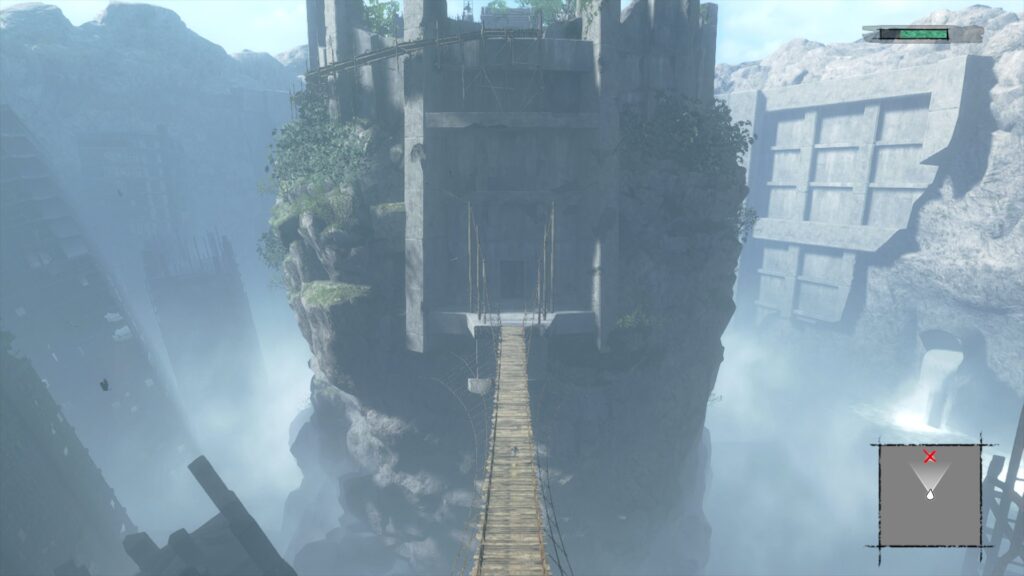
Switching around the POV is a critical pillar to NieR‘s themes. The game’s story revolves around the idea of everyone sees things differently, and what may seem like one thing may actually be something else entirely.
The way this thread is woven into the gameplay is a stroke of genius for both versions of NieR. While Replicant may be more fluid and polished, it does not improve the experience as much as one would expect.
Another recurring theme in NieR: Replicant is confronting a paradox of killing people in order to save them. Even then; players won’t experience the full story after seeing the end credits the first time. “Ending” is more like a chapter break in NieR: Replicant, and it is also suspiciously a cost cutting trick to further artificially lengthen the game.
This won’t be like in Automata where continuing after an “ending” will have players be able to play as other characters. NieR: Replicant has players assume the role of only one… Except for one brief and very obscure instance. This makes the gameplay feel a lot more tedious due to how the hero’s gameplay does not evolve or change much.
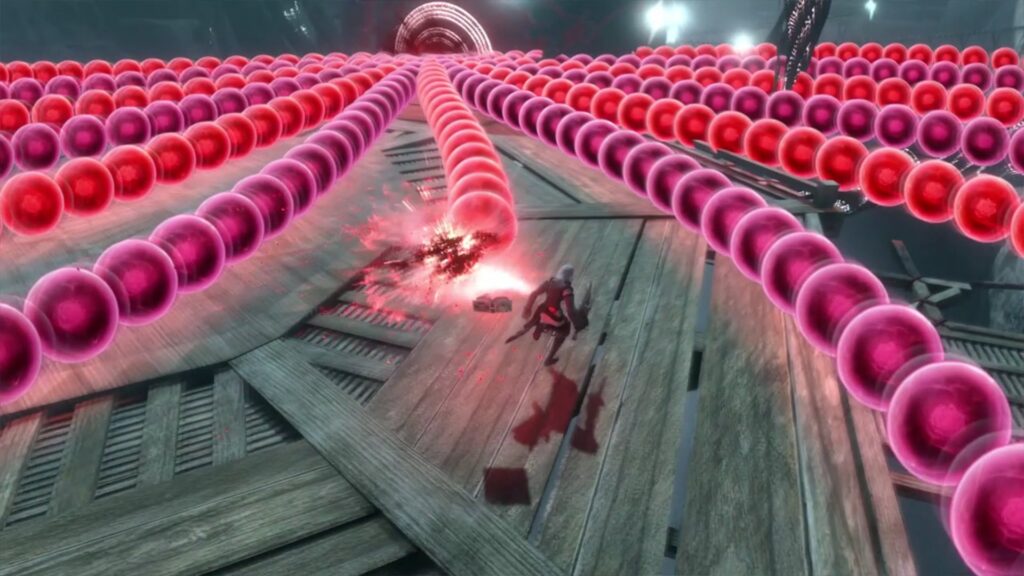
Aside from the very simplistic melee, the hero will have the a good book with some devastating power at his disposal. Grimoire Weiss can map any of the four shoulder buttons with any of the abilities or dark verses.
Don’t think dodging or blocking is worth the effort? NieR: Replicant offers the chance to replace those actions with more Weiss magical attacks- like the execution spell, or the ability to make a huge hand to smack enemies.
The quick and easy to use menu system makes it fast and convenient to switch out any of these abilities. This kind of easy to navigate system has also been applied to the three classes of melee weapons that the hero can equip while fighting. It’s not as fast as swapping between weapons in Bayonetta, but it’s a much more graceful and fluid system than in Metal Gear Rising: Revengeance due to the action pausing.
NieR: Replicant is not the most combat-heavy action game. Most of the time the hero will be running around between the same few areas, with most of the action being reserved for the main story areas. The side objectives is an area with NieR: Replicant truly falters and disappoints.
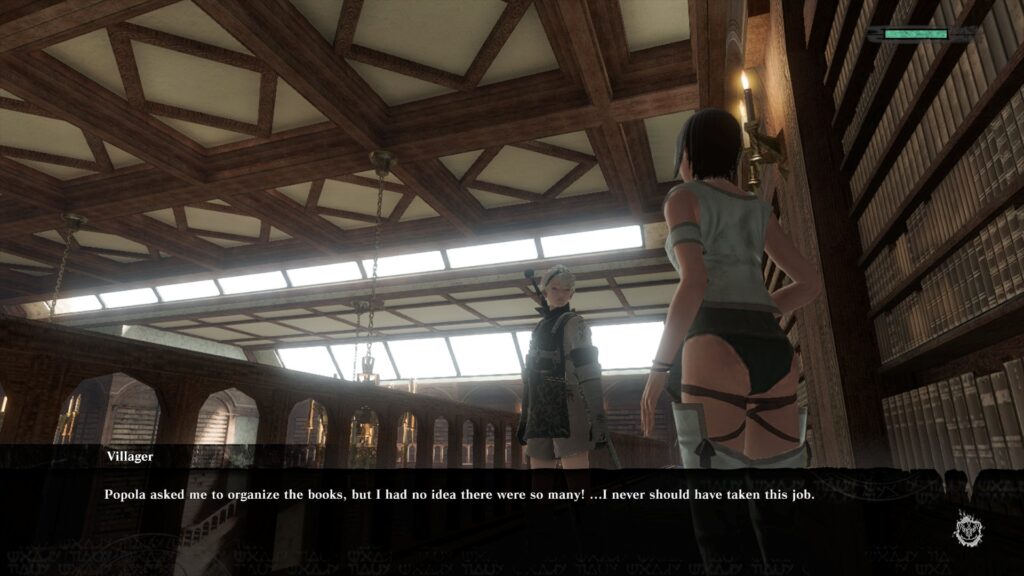
It is a shame that NieR: Replicant does not improve upon the mission design of the side objectives. Most of the time it feels as if the game is mocking the player by intentionally designing objectives that require backtracking to an area that they might have already spent a few hours in.
It also has a dirty habit of having some missions require grinding for rare drops which have such an insulting reward, that it doesn’t feel worth it. The only reason why anyone would want to subject themselves to being treated like a dumb dog being forced to play fetch is because the scenario writing is engaging.
One side quest will have the hero seek out a father’s estranged son, and the wild goose chase that ensues ends on a very amusing climax. Some side quests can have funny banter, but many of them end in some kind of ironic tragedy, and will give the player a terrible choice to make. Decisions that will make you have these deep and introspective, self-reflective moments that make you question yourself.
Is a huge lie worth maintaining for a greater cause, or should the truth be known? Is the truth even worth the baggage that comes with it? NieR: Replicant is unafraid to get heavy.
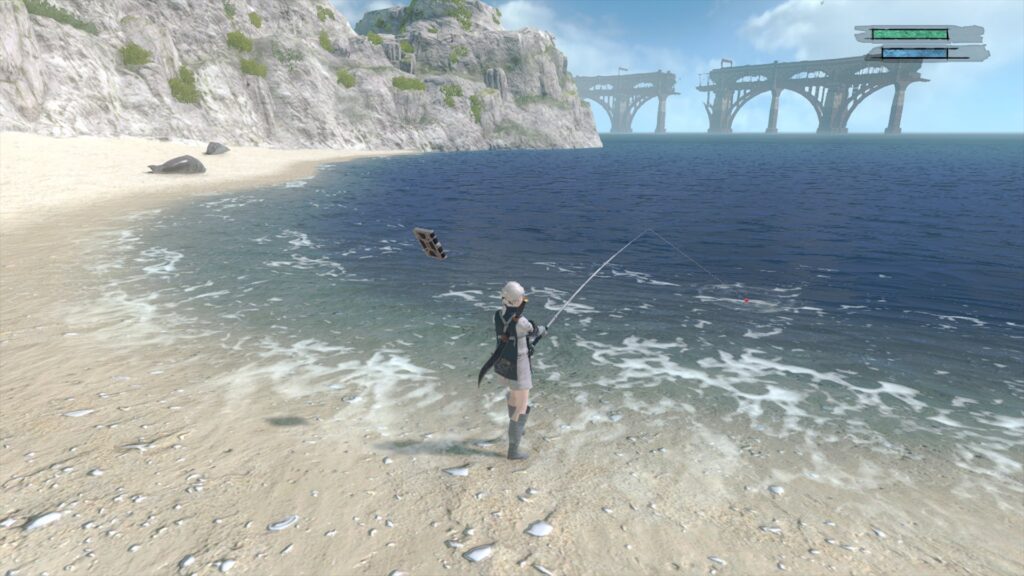
Yoko Taro is one of the best scribes working in games today. His style is often macabre and dense with existential dread, but will make you laugh when you least expect it. The man also knows RPG conventions very well, and NieR: Replicant is a very extensive exercise in deconstructing the genre as we know it.
The main cast is an unusual bunch of weirdos: Grimoire Weiss is a talking book who has the knowledge of ages within him and is borderline a protagonist himself. His arc has him making the biggest change to his character, and is easily the most enjoyable book of all time.
Kainé is everyone’s favorite circus freak who got outcast from her home, and it wasn’t because she has a mouth like an open sewer. She was born different, and she compensates by wearing the sexiest lingerie possible to further emphasize her femininity. She makes for an excellent combat buddy, and is nasty with a couple of enormous saw blades- talk about beauty and the beast; she’s both.
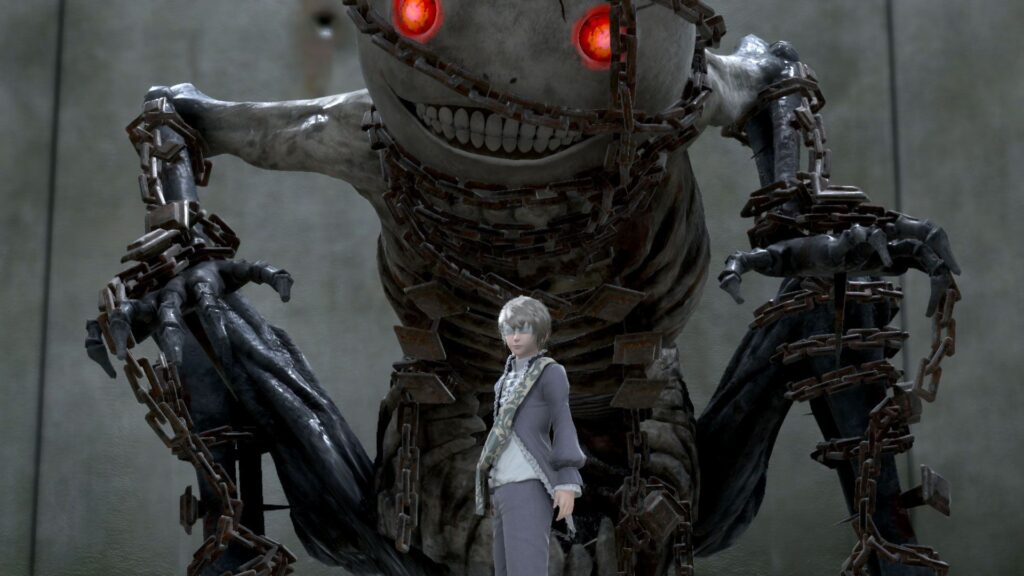
To further round out the party of misfits is Emil, the human weapon. This precocious shota can turn anyone to stone with his gaze, and he also lives in a weirdly sheltered and controlled environment. When the hero and Kainé comes into his life, he learns what it is like to have real friends, and dedicates his existence to helping them.
His character is utterly tragic, and watching him go through the events of the story is truly gut wrenching. Emil also happens to be the main connecting tissue to Automata, along with Devola and Poppola in the village. The grander scope of the lore can find traces that connect to Drakengard 3, and even SINoALICE if one digs deeper and reads the flavor text.
While NieR: Replicant‘s gameplay is not perfect, the narrative and how it’s told is. The creativity and clever fourth-wall breaking is done to such an impressive effect, that it’s hard to not be impressed and charmed by it. The game world may be small, but the detail put into the writing does wonders at making it feel so much bigger than it actually is.
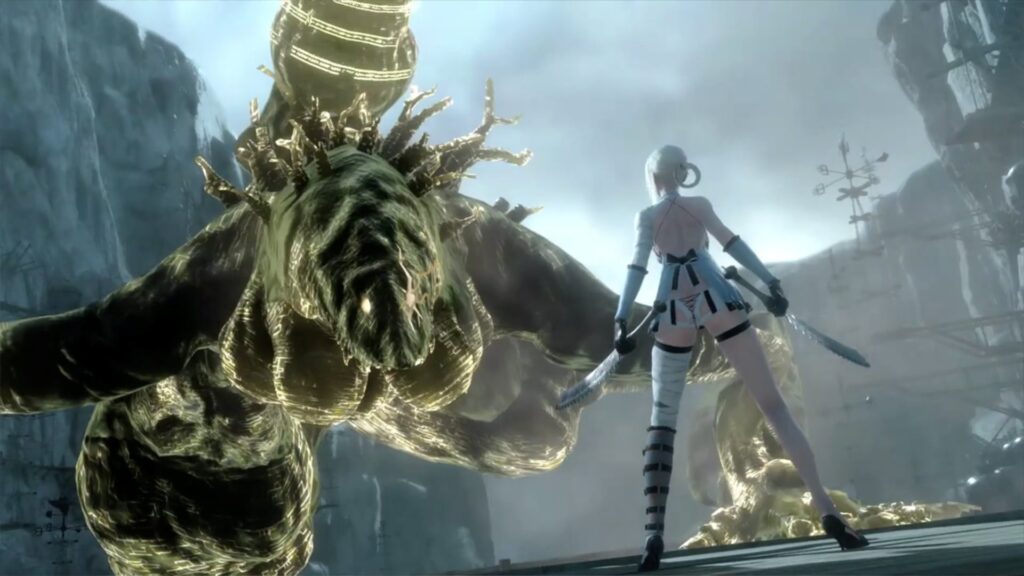
The visuals of NieR Replicant won’t impress anyone. While there are some decent vistas and impressive landscapes to be seen, the graphics are not a huge leap from the seventh gen iteration. Details are low resolution, and there are some unusual modelling gaffes like the way the young hero’s shorts and hips are constructed that makes him look really unnatural.
Textures on the environment are very flat looking, and the simplistic geometry stands out. The draw distance is not the best; even running on a Xbox Series S, foliage can be seen popping into the distance. From some angles, NieR Replicant looks like a Nintendo Switch game.
The art direction is thankfully strong, and is appealing. Costume designs are striking and say a lot about each character, like Kainé’s underwear that has a cut out pattern so everyone can see her butt. Little things like that will definitely draw anyone’s attention. The pulsating and bright red bullet patterns that paint the battles also paint a visual that will be strongly associated with NieR.
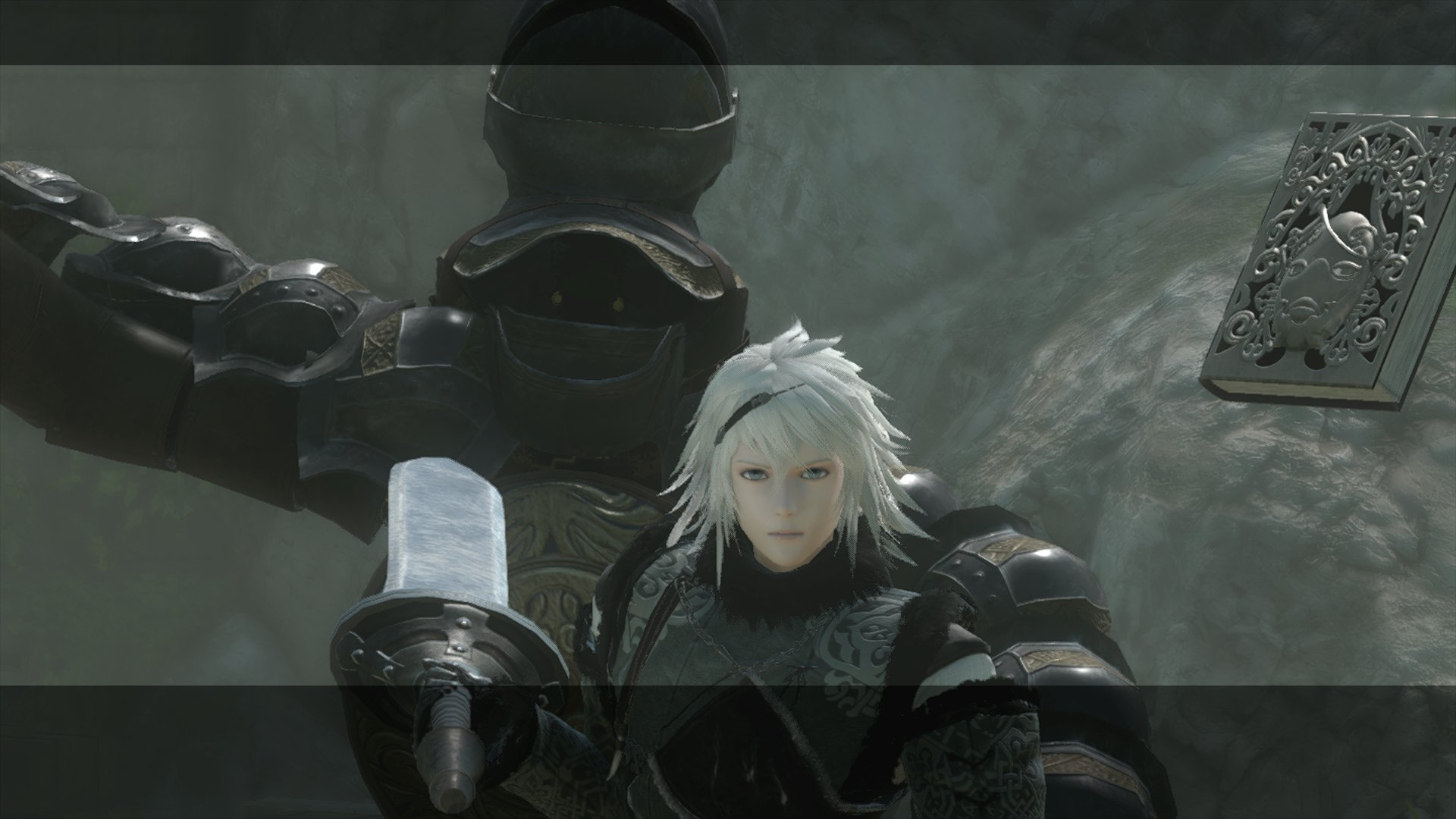
Keiichi Okabe and his studio MONACA once again brings the boys to the yard with his compositions. The score of the original 2010 NieR was one of the highlights of the experience, and was instrumental into elevating the game from just being a well-written cult-classic, to being a flawed masterpiece.
Regretfully, Replicant makes a lot of changes to the music with questionable remixes. The original’s music was perfect, and making changes for the sake of change is a gross misunderstanding of the objective of remaking a flawed game.
The music was one aspect that didn’t need any adjustments, but unfortunately, some of the most memorable tracks have been altered so much that they don’t carry the same feeling anymore. The new compositions are not terrible- they’re just too different, and it feels like being forced to remember someone else’s memories.
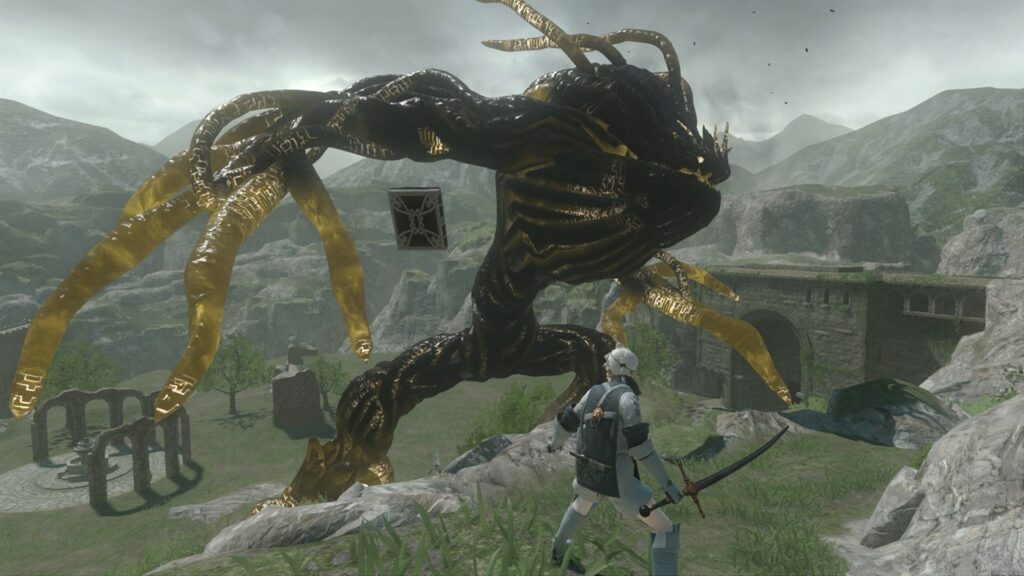
Okabe’s music for NieR Replicant incorporates elements of tribal, and some of the hypnotic styling of Phillip Glass. It can often feel operatic and emotionally weighty, which is fitting for the depressing ambiance that NieR Replicant achieves. While the remake’s music may disappoint fans of the 2010 score, it is still an impressive work of art that fits the game.
All of the voice actors from the 2010 version have returned, and some new ones like the performers who voice the young and adult versions of the protagonist. Liam O’Brien is still perfect as Weiss, and now that all the written dialogue is fully voice, he gets a chance to sound more snooty and arrogant than ever.
Laura Bailey gets to be vulgar again as Kainé, but her limitation as a voice actress is beginning to be heard. She sounds much older now that it has been over a decade since she voice Kainé, and she just ends up sounding like Shin Chan a majority of the time. This is a rare instance where a recast would have been preferable- it’s not difficult for younger voice actresses to sound angry and curse.
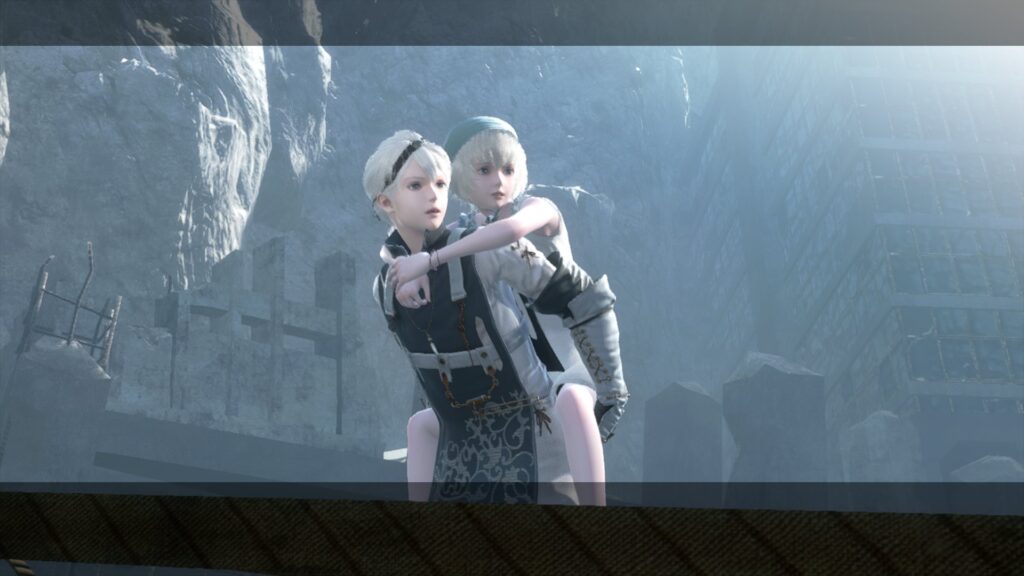
Both voice actors for the protagonist sound exactly as expected. Zach Aguilar brings a soft and naïve interpretation to the boy version of the hero. He sounds like he fights for his friends, but also has it in him to get really emotionally wrecked too. Ray Chase uses his Noctis voice, and while it is a vanilla voice, it’s perfect for the weary and colder adult version of the hero.
NieR Replicant is still an imperfect cult game like it was in 2010; but now it’s much smoother, a little nicer looking, and has a few extra features. A lot of what hurt the original game is still present and accounted for, like the new game plus that does not ever let the player go back to being the boy version of the hero, and the low budget presentation.
It would have been preferable if the dialogue sequences had a bit more cinematic flair to them instead of characters talking in flat wide shots, or if there was an option for the original soundtrack. While still deeply flawed, NieR Replicant ver.1.22474487139… is still highly recommended for its depressing existential scenario that makes players look at RPGs in a different way.
NieR Replicant ver.1.22474487139… was reviewed on Xbox Series S using a review code provided by Square Enix. You can find additional information about Niche Gamer’s review/ethics policy here.